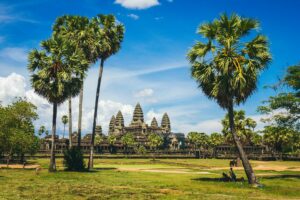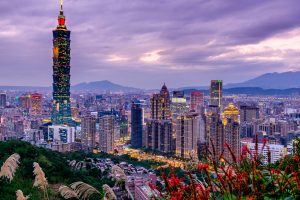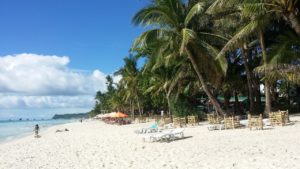Southeast Asia, as one of the key players in the tourism industry has seen the detrimental effects of mass tourism over the years.
Millions of tourists all over the world flock to the region for its beautiful and exotic beaches, vibrant culture, delightful cuisines, ancient churches and temples, lush jungles, rich nature and the friendliest people.
Ecotourism in Southeast Asia
While most of the countries in this region are still emerging economies (apart from Singapore), some of their most popular destinations have started to practice alternative tourism that focuses on sustainability and conservation. Supporters of ecotourism in Southeast Asia can now choose from multiple eco-friendly accommodations, eco-adventure activities that help conserve nature, and cultural immersions.
Here are a few places in the region that you can add to your green-travel bucket list:
Thailand
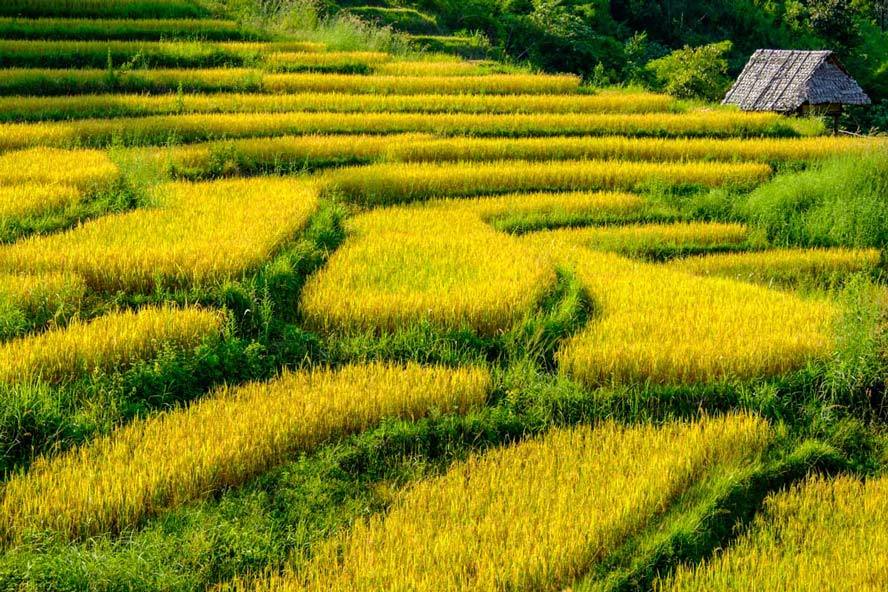
Perhaps the most popular Southeast Asian tropical destination, Thailand welcomes the greatest number of tourists annually in the region. There are green spaces everywhere, national parks are plenty and local trade is given the priority.
Learning to cook authentic Lanna Food
Chiang Mai is the centre of eco-tourism in the North and it was the birthplace of the ancient Lanna Kingdom. Here, tourists can learn how to cook authentic Lanna food. Classes begin in the morning and last the whole day. The ingredients are usually sourced from the garden and then the participants are shown the procedures and then they will follow the instructions on their own. The finished product will then be shared by everyone in class.
Elephant Nature Park
This elephant sanctuary is also in Chiang Mai. Here, visitors can participate in some of the daily activities and get a first-hand experience and close-encounter with the elephants and other animals. They can feed the elephants, give them a bath or help clean their surroundings. They are also educated on the real problems these animals have faced and what conservation efforts are being done to protect them.
Read more articles about Thailand:
- Bangkok Tips: How to Survive Your First Time In the Capital of Thailand
- Things to Do and Where to Stay in Koh Lanta, Thailand
- Why, Where and How to Help Elephants in Thailand
- Things to Do in Chiang Mai: Your Ultimate List of Awesome Experiences
- Where to Stay in Bangkok: The Best Hotels and Neighborhoods
- Discover the Best Massage in Chiang Mai
Khao Sok National Park
This national park is in the South and is known for its evergreen rainforests, wild animals, lakes, caves, deep valleys and limestone mountains. Visitors can stay the night on some of its floating raft houses or set up tents.
Visit the White Karen Tribes
There are still some tribes left in Thailand and one the most popular is the White Karen tribe. Don’t mistake it with the infamous long neck Karen tribe that has become more of a tourist attraction. If you’re interested to visit a hill tribe in Thailand, make sure to combine it with some hiking. That way you’ll get to more remote areas in the north, too. Read about our experience of hiking to White Karens.
Vietnam
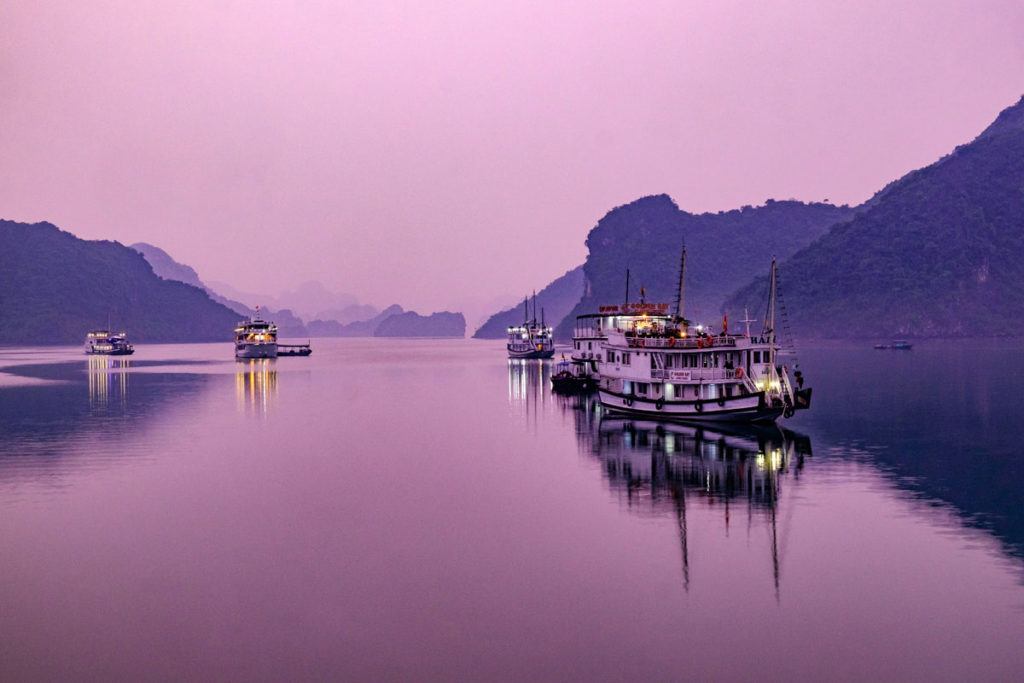
Vietnam has enormous eco-tourism potential. Just like its neighbouring countries, Vietnam is rich in biodiversity. There are numerous natural wonders like waterfalls, lakes, rainforests, caves and, of course, its enduring wealth of flora and fauna.
Cat Ba National Park in Hai Phong
Located to the west of Halong Bay, Cat Ba is beautiful with its karst limestone cliffs, diverse biodiversity and incredible geology. Visitors can stay in the Eco Lodge to enjoy the pristine environment.
Read more articles about Vietnam:
- Where to go in Vietnam: Must-See Places for Your Vietnam Itinerary
- Things to Do and Best Hotels in Hue, Vietnam
- Mai Chau Valley: an Eco-Friendly Escape from Hanoi City
- Where to Stay in Ho Chi Minh City: Best Hotels and Neighborhoods
- How to Visit Halong Bay from Hanoi, Vietnam
- My Son Sanctuary in Vietnam: Tips on How to Visit It
Homestay in Ben Tre Town
Home-staying is the best way to get into the local Vietnamese lifestyle and Ben Tre Town is one of the best places to immerse in. Visitors can go to the local market, learn how to cook traditional food and share personal stories about the rich Vietnamese culture.
Stay at Cao Son Eco Lodge
Situated at a height of 1500 meters, Cao Son Eco-lodge showcases traditional dwellings in harmony with nature. The lodge is deep in the forest and is close enough to numerous natural attractions.
Ba Be National Park
Considered to be the only significant natural mountain lake in the country, Ba Be runs for 8km with a width of up to 800 meters. It is 29m deep and is dotted with small limestone islets.
Laos
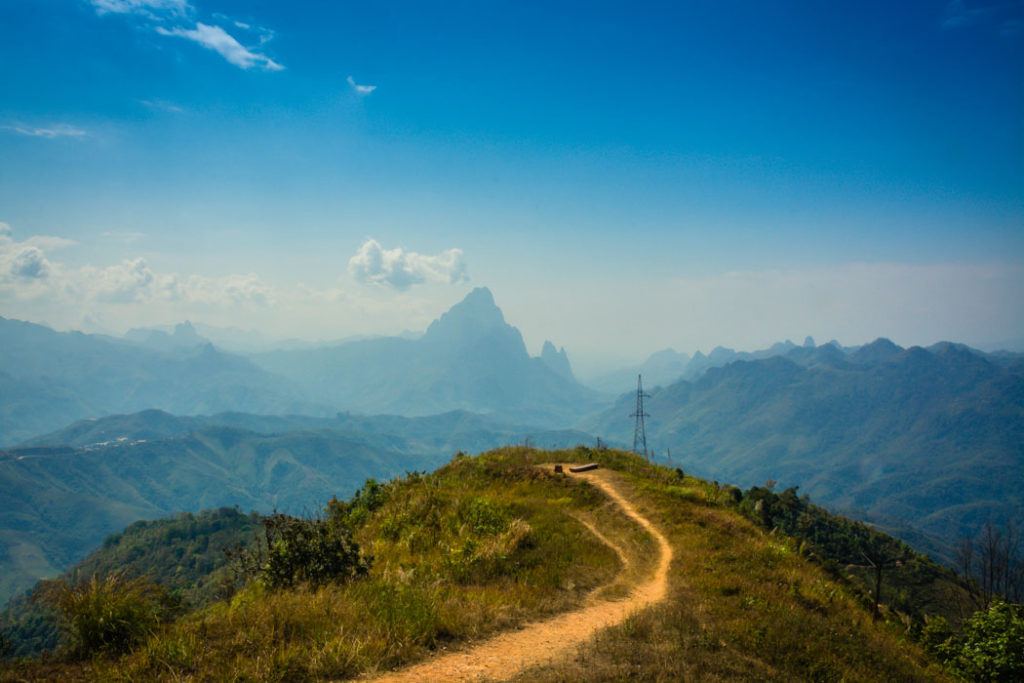
Laos has placed 20 distinct places under National Protected Areas where tours are strictly regulated, surprisingly considered as one of the best designed systems in the world. There are more than 800 bird species and more than a hundred species of mammals already discovered and still more unidentified species are being revealed each year. Laos has one of the richest and most extensive network of ecosystems on the Indochina Peninsula and because of this, the government launched ambitious methods to preserve and enrich their eco-tourism practices.
Traditional Farming Culture
Luang Prabang is perhaps the most significant Vietnamese cultural landmark. Here, we find one of the 2 UNESCO World Heritage Sites which is the ancient city of Luang Prabang. Aside from this, Luang Prabang is also one of the big producers of rice where traditional and organic farming methods are still being used today. Visitors can participate in the traditional farming activities like organic composting, ploughing, planting, harvesting, threshing, and winnowing.
Read more articles about Laos:
Luang Namtha
Located in the northwestern most province, Luang Namtha offers great opportunities for eco-tourism with its gorgeous landscapes, rich biodiversity and friendly people. Here, visitors can explore the Nam Ha Protected Area, raft in Namtha River and interact with the Lao ethnic villagers. Camping is also one of the favourite activities in the area offered by Nam Ha Forest Camp.
Cycling in Laos
Laos enjoys a very low population density and so traffic especially outside the main cities and towns are always light and cycling is highly recommended. This ecological activity is one of the best ways to explore the countryside with its rolling hills and scenic views.
Indonesia

Considered to be the largest archipelago in the world in terms of land area, Indonesia has more than 18,000 islands and is home to the second largest rainforest in the world. It is abundant in natural resources and is home to the greatest number of mammal species on the planet. Indonesian landscape is varied and vast. It is heavily rich in exotic flora and fauna and is a great eco-tourist destination with numerous conservation methods in place to protect its natural beauty.
Malang coffee
Tourists in Malang can learn about the coffee culture and they can participate in the planting methods and learn the different tools and equipment used in the coffee production.
Way Kambas National Park
Home to the majestic Sumatran tigers, rhinoceros and Asian elephants, Way Kambas National Park spans 130,000 hectares. Visitors can visit the elephant sanctuary, Satwa Elephant Eco Lodge and enjoy bird watching activities inside the park.
Read more articles about Indonesia:
- Where to Stay in Bali: The Best Hotels and Towns
- Ubud Organic Vegetarian Restaurants: the Ultimate Guide
- Why is Balinese Massage Special and Where to Get One in Ubud?
Komodo National Park
The largest lizards on Earth inhabit the Komodo Island and is the only place on the planet where they thrive. This site was declared by UNESCO as one of the World Heritage Sites and as a biosphere reserve. Komodo Island is also excellent for diving and snorkeling.
Explore Kerinci Seblat National Park in Sumatra
Community-based ecotourism in the Sumatran Kerinci Seblat National Park is centered on helping the local community in supporting conservation and sustainability. Tour guides stick to small groups of jungle trekkers and take them for wildlife viewing and community immersions in the surrounding villages.
Gunung Pancar Nature Park
Appointed as a nature park solely for the purposes of research, conservation, education, science and tourism, Gunung Pancar Nature Park consists of sacred tombs, rich flora and fauna, hot water baths and traditional arts areas.
Merapi eco-tours
Merapi is the most active volcano in Indonesia and so it is not for everyone. For thrill-seekers, there is a very beautiful scenery waiting on Mount Merapi. You can hike by foot or opt to use an ATV.
Kawa Ijen
Famous for the blue fire phenomenon,Ijen Crater is located at an altitude of 2444 meters above sea level. It is on Mount Ijen in Alas Purwo National Park. Poised to be the capital in the development of ecotourism, Kawa Ijen is rich in biodiversity and is visited by both local and international tourists.
Beautiful and ecological Bali
Bali is easily one of the most popular and most ecological destinations in Indonesia. It is not only popular for its beautiful beaches but also for its temples (Pura Ulun Danu), starlings, architecture, food and other natural landscapes. The local community launched conservation projects to save and preserve the starlings. They breed them and then they release them in the wild at Nusa Penida Island. Bali is also famous for the Penglipuran tourism village.
Philippines
The only predominantly Christian nation in Southeast Asia, Philippines is composed of more than 7500 islands which makes it a great destination for tropical getaways and eco-adventure. While it is true that the Philippines is still an emerging market in tourism compared to its neighbours, it has managed to become one of the major players in the sustainable and responsible tourism in the region.
Responsible Whale shark encounter
Whale shark sightings in the country are limited to only a few places and the best one is in Donsol, Sorsogon. The tourism sector is doing a great job in making sure that responsible tourism measures are strictly implemented and monitored. Visitors are educated before the encounter and they are not allowed to use sunscreen and other harmful products that may affect the whale sharks. Boats are also constantly regulated and are not allowed near the interaction zone. Touching the whale sharks is strictly prohibited.
Tibiao eco-tourism
We have been to Tibiao and it was one of the highlights of our trip. This eco-tourist destination offers numerous opportunities for community immersion and nature conservation. Some of the eco-friendly activities to do are: white water river rafting or kayaking, trek to the Bugtong Bato waterfalls, kawa hot bath (big wok used as a bath tub filled with warm water and flower petals and cooked under low fire), brick and pottery making, natural salt production and lambaklad fishing.
Read more articles about Philippines:
The Beauty of the Philippines and its Wonderful People
Community Immersion in the Ifugao Province
Benguet Province in the North is known for the Ifugao tribe which is locally celebrated for their rich culture and heritage. The Ifugaos carved the world famous rice terraces in Banaue and Batad (UNESCO World Heritage Site). Visitors here can participate in the local dances, sports and handicrafts. You can also get a tattoo from the oldest living tattoo artist in the world, Whang-Od. Other tribes to visit are the Bontocs and the Kankanaeys.
Batanes
Batanes is the northernmost province of the Philippines. Due to its inaccessibility, Batanes has remained to be one of the least populated and least visited places in the country. Its remoteness helped in the preservation of the local culture of the Ivatan tribe and conserved its outstanding natural beauty. Due to the strong cultural and natural integrity, Batanes has become a high value destination where ecotourism practices are encouraged to support the Ivatan tribe and to protect their natural resources.
Boracay
Boracay is one of the most famous and popular islands in the world. From 2012 to 2016 it has consistently been named ‘best island in the world’ by prestigious travel magazines. This has transformed this beach paradise into a tourist mecca, with more than 2 million tourists visiting the tiny island each year.
Sadly, Boracay couldn’t handle the constantly growing stream of tourists which ravaged this peaceful island. Things got so bad that the government had to completely shut it down for 6 months and prevent any visitors from going there. This resulted in a loss of more than 1B dollars, a huge amount for a 3rd world country such as the Philippines.
With the island now finally rehabilitated, it is important to visit for two main reasons: firstly, to demonstrate how responsible tourism should be done and secondly, to see if there’s any hope to long term sustainable tourism or are we always destined to end up in the same situation once again. Since many hotels are not yet operational, we recommend checking with a local agent for the best available options, as online booking sites might give you misleading results.
Dahican Beach
From January to June, female pawikans (green sea turtles) visit Dahican beach to lay their eggs. Conservationists and volunteers help protect this species and their eggs by putting fences around the holes or by transferring the eggs into the hatchery that they built themselves. Visitors during the pawikan season can experience releasing the hatchlings into the sea or they can simply watch the turtles laying eggs.
Malaysia
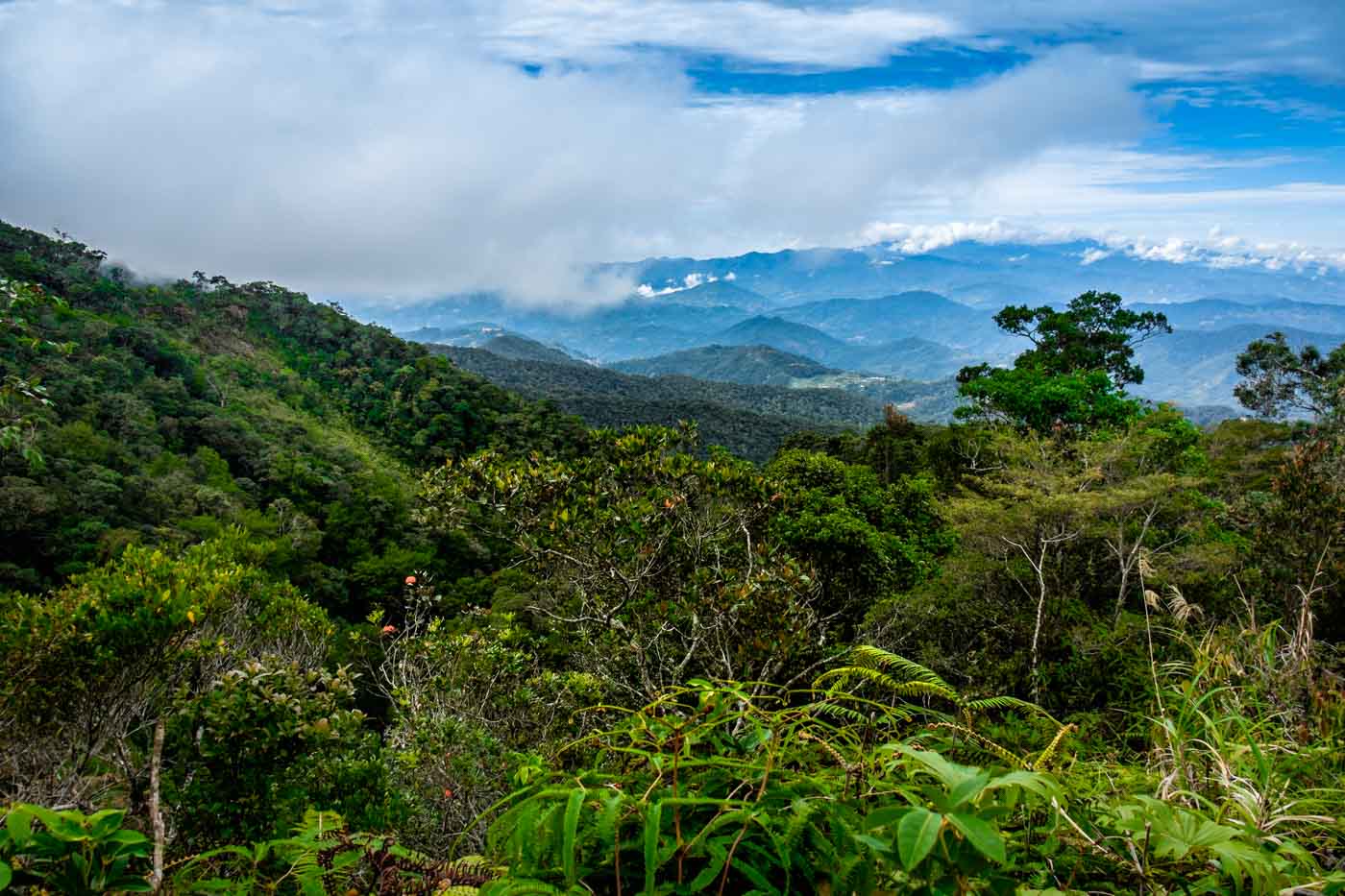
Malaysia’s abundant natural resources and colourful culture makes it an awesome eco-tourist destination. It boasts of its ancient tropical rainforests that cover 60% of its landmass and are millions of years old.
Taman Negara National Park
Established in 1938, Taman Negara is one of the world’s oldest tropical rainforests. It shelters the Sumatran rhinoceros and the Malayan tiger. After its declaration as an eco-tourism destination, the local community and tourism sectors built the canopy walk – the longest canopy walk in the world – that hovers 45 meters above the ground. There are also opportunities for white water rafting, hiking and jungle safaris.
Read more articles about Malaysia:
- Things To Do in Kota Kinabalu: a City of Seafood, Beaches and Durian
- How to See Orangutans in Borneo Independently
- Mount Kinabalu, Borneo: to Climb or not to Climb?
- 8 Things To Do in Kuala Lumpur
- Things to do in Penang, Malaysia: a List of Highlights For Your Island Trip
Cameron Highlands
Visit the bee farm, explore the mossy forest, marvel at the beautiful landscape and learn about the local tea production in the Cameron Highlands in Pahang.
Mount Kinabalu Park
The first ever UNESCO Heritage Site in Malaysia, Mount Kinabalu is the highest peak in Southeast Asia. Kinabalu Park covers an area of 754 sq. km and is blessed with numerous ecological treasures.

